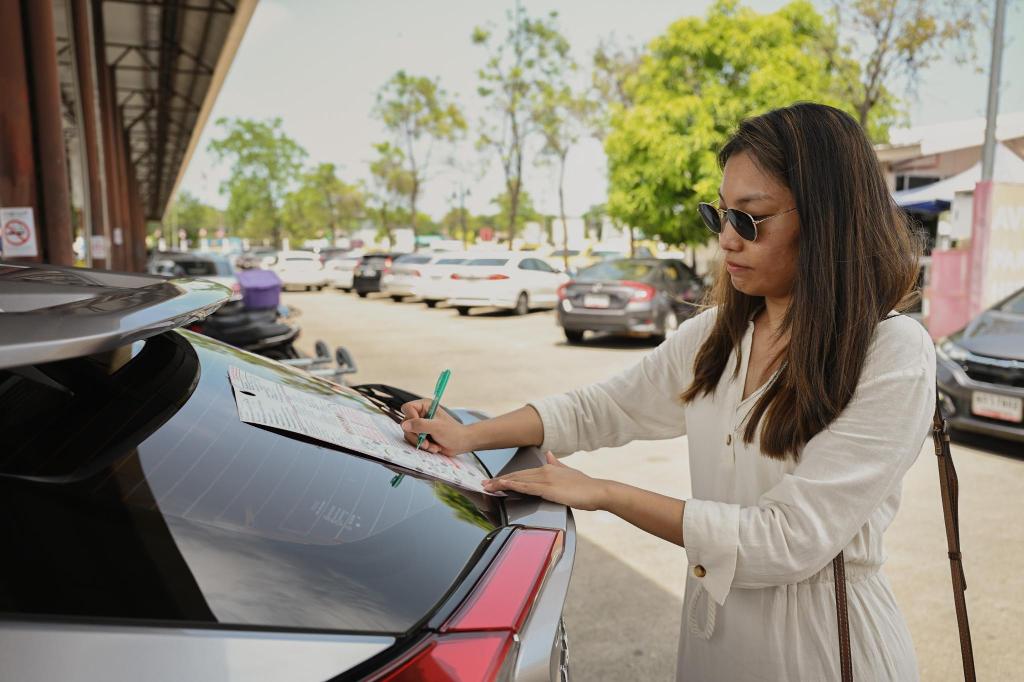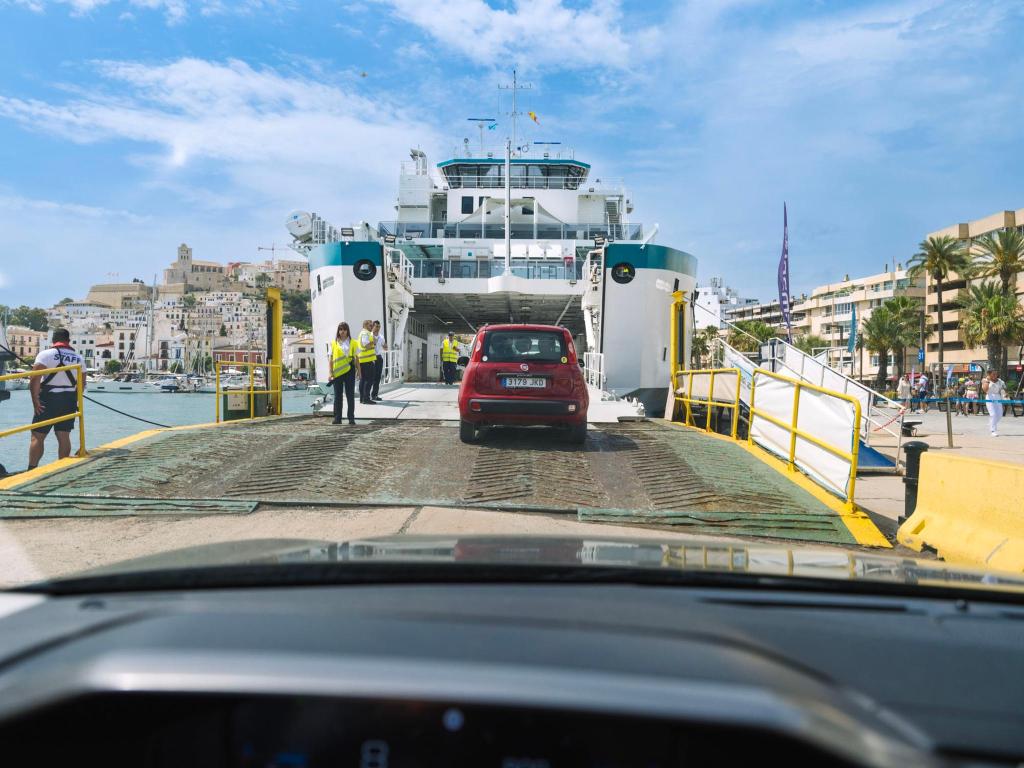
Understanding Car Rental Agreements
A rental agreement is a legally binding contract that protects both you and the rental company. By signing, you agree to the terms of the hire.
When you rent a car, you'll be required to sign a rental agreement – an important document that clearly outlines your rights, responsibilities, and the terms of the hire. Whether you're new to car rentals or a frequent traveller, understanding what’s in the agreement is essential for avoiding confusion and ensuring a positive experience. This article explains why a rental agreement matters and what you should be aware of before signing.
Why you need to sign a rental agreement
A rental agreement is a legally binding contract that protects both you and the rental company. By signing, you agree to the terms of the hire, including the rental period, mileage limits, and your responsibilities for the vehicle. In return, the rental company provides the car as described and offers coverage options, either included or available as extras.
This document also outlines what’s expected in case of accidents, damage, or late returns, ensuring both parties understand their rights and obligations. The agreement sets clear expectations from the outset, helping to prevent any surprises or misunderstandings later on.
What a rental agreement covers

A rental agreement covers several key aspects to ensure both you and the rental company are on the same page. Here are the main details typically included:
- Personal and vehicle information: the agreement will list your personal details and information about the car you're renting, such as the make, model, and registration number.
- Rental period and mileage limits: it specifies the duration of the hire, including pick-up and return times. It may also include mileage limits, particularly for long-term rentals or specific packages.
- Charges and payment terms: the agreement outlines the costs involved, from the base rental rate to any additional fees, such as for extra drivers, insurance, or optional extras like GPS or child seats.
- Insurance and coverage: you’ll receive information about the insurance options you’ve selected. This might cover Collision Damage Waiver (CDW), Full Protection, or Extra Cover, along with any excess amounts.
- Fuel policy and return conditions: details about the fuel policy (e.g., full-to-full or full-to-empty) and what condition the car must be in when returned, such as cleanliness and fuel level.
- Additional drivers and restrictions: if you've added extra drivers, their information will be included, along with any restrictions on where or how the vehicle can be used.
Tips for speeding up the rental process

If you’re in a hurry, signing a rental agreement might feel like a hassle, but there are ways to make the process quicker without skipping important details. Here are a few tips to help streamline things:
- Pre-register online: many rental companies offer online pre-registration, allowing you to fill in your personal details and preferences before arriving at the rental desk. This will save time and reduce paperwork.
- Read the terms in advance: most rental companies have their standard agreements available online. Reviewing the terms ahead of time helps you avoid any surprises and speeds up the signing process.
- Prepare your documents: ensure you have your driving licence, ID, and payment method ready, so there’s no looking around for things at the last minute.
Common pitfalls to avoid
Even experienced travellers can encounter problems if they don’t take the time to thoroughly review their rental agreement. Here are a few common mistakes to avoid:
- Not reading the fine print: skimming through the rental agreement can lead to missed details, such as additional fees for late returns, fuel policies, or restrictions on where you can drive the car. Always take a few minutes to read the agreement thoroughly.
- Misunderstanding insurance coverage: insurance options vary and it’s easy to assume you're fully covered when you may not be. Make sure you know what’s included in the standard insurance and consider whether you need extra coverage, such as Collision Damage Waiver (CDW) or Full Protection.
- Overlooking mileage limits: some agreements include mileage limits, especially for long-term rentals. Exceeding the limit can result in extra charges, so make sure you're clear on the allowed mileage.
- Skipping vehicle inspection: before driving away, always inspect the car and note any existing damage in the agreement. If not documented, you could be held responsible for pre-existing scratches or dents.

- Zážitkové cestování
- Pobyty ve městě
 How To Get A Rental Car Upgrade: 6 Rental Upgrade Secrets28. března 2025
How To Get A Rental Car Upgrade: 6 Rental Upgrade Secrets28. března 2025 Safe Driving Tips For Hot Weather26. února 2025
Safe Driving Tips For Hot Weather26. února 2025 A Guide to Driving on the Right Side of the Road15. února 2025
A Guide to Driving on the Right Side of the Road15. února 2025 How to Find the Car Rental Counter at Airports19. prosince 2024
How to Find the Car Rental Counter at Airports19. prosince 2024 Your Guide to Booking, Picking Up and Returning a Rental Car17. prosince 2024
Your Guide to Booking, Picking Up and Returning a Rental Car17. prosince 2024 What Is The Best Fuel Policy For My Rental?13. prosince 2024
What Is The Best Fuel Policy For My Rental?13. prosince 2024 Assigning additional drivers to a rental car28. června 2024
Assigning additional drivers to a rental car28. června 2024 How to tell if your rental car needs diesel or gas28. června 2024
How to tell if your rental car needs diesel or gas28. června 2024 Everything you need to know about Collision Damage Waivers28. června 2024
Everything you need to know about Collision Damage Waivers28. června 2024 Your complete guide to car rental insurance28. června 2024
Your complete guide to car rental insurance28. června 2024
Mohlo by se vám také líbit
Learn more about the types of rental cars available when planning a vacation.
Your complete guide to understanding car rental fees, policies and optional add-ons to help you make informed choices.
Avoid common car rental pitfalls with our guide to the top 10 rental fails. Learn why people don't get their hire cars and how to ensure a smooth pickup.
Planning to choose an 'SUV' for your next rental? Get a clearer view of what an 'SUV' is with our handy guide.
How to avoid additional GPS/Sat Nav costs by using offline maps during your rental period.
Can I take my hire car on a ferry? Find out how to travel on a ferry with rental cars, the costs and ferry regulations for rental cars.






